Review: Kyocera Kona for Sprint, Boost, Virgin
Oct 28, 2013, 3:25 PM by Eric M. Zeman
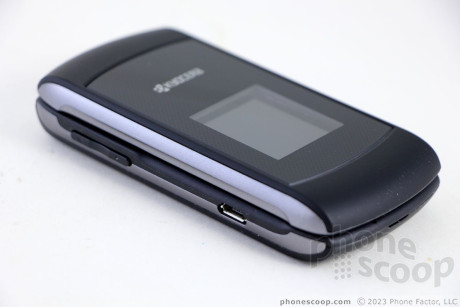
Kyocera's Kona is a basic feature phone that is best reserved as a dedicated voice line.
Form
Is It Your Type?
The Kyocera Kona is as basic as phones get these days. It is a simple flip phone that's fine for making calls and not much else. If you need a handset that's for emergencies only, the Kona is tempting at the low price of $0.
Body
The Kyocera Kona feels like a throw-back to the cell phone days of yore, when smartphones were only for those in the corner office and all we cared about was making phone calls and sending short text messages. The Kona is an entry-level device that is being offered by Sprint and its prepaid subsidiaries, Virgin Mobile and Boost (where it's called the “Coast”.)
It's a compact flip phone that's conservative in appearance. The Kona is colored with several different shades of gray mixed with black elements thrown in for good measure. The front has a mix of matte and glossy materials, while the rest is matte. There are gray bands that run down the sides and a nice groove that makes it easier for your thumb to pop the device open.
Kyocera has recently become known for making rugged and water-resistant phones, but the Kona is not one of them. Though it is not rugged, the Kona is made from decent materials and feels relatively solid. The seams are tight and it is well put-together. It is small enough that holding it firmly is no problem at all. It really fits well in your palm. The matte materials give it a bit of grip when you're holding it, but the same material makes it stick to the liner of your jeans pocket, too. I often turned my pocket inside out when retrieving the Kona.
When closed, there's a small exterior display on the front. It offers details such as the clock, battery, and signal indicators, and will display alerts such as incoming calls and messages. The volume toggle is on the left edge and (thankfully) on the bottom half of the clamshell. This makes it much easier to adjust the volume when the device is open. The volume toggle itself has a decent feel to it; it's certainly easy to find and offers good travel and feedback. The microUSB port is also on the left side. The full-sized stereo headphone jack is on the right.
The hinge is spring-loaded and feels strong. I didn't notice any weakness or side-to-side play in the hinge's mechanics. The spring helps the top half of the Kona pop up with authority. The top half is nothing but the screen, which has a thick bezel framing it. The bottom half offers the usual assortment of controls for a flip phone.
Closer to the screen, you'll see a circular d-pad with soft keys, plus dedicated camera and back buttons. Below the d-pad is where you'll find the Send, Speakerphone, and End buttons. The d-pad itself is fairly flat, but there's just enough of a rim along the outer edge to make it stand out. All the directionals offer good travel and feedback, as does the nicely-shaped button in the center of the d-pad. The rest of the buttons are also flat, and offer little other than their position to separate them from one another. Travel and feedback is quite good. Each of the keys makes a slightly different sound, if you leave the sound on. The End key, for example, is low pitched, while the Send key has a higher pitch and the camera button has its own unique sound.
The numerical buttons that form the dialpad are flat as can be. There's just barely enough shape to them, and I found myself relying on the 5 key's nub to position my thumb on the dialpad. Travel and feedback of all these buttons is good, but I wish they were a bit easier to tell apart from one another. I found the spacing of the dialpad to be comfortable, and the keys have a gritty finish to them that prevents your thumb from slipping all over the place.
The battery cover peels off easily enough. The battery is tucked in tightly, but it can be pulled if you need to swap it for a fresh one. There is no memory card slot.
It may not offer much in the way of features, but the Kona's hardware gets the job done.
Performance
Screen
The Kona has two displays, the 1.44-inch exterior screen and the 2.4-inch main screen. The exterior display is fairly low rez with 128 x 128 pixels, but is bright enough to be seen outdoors. The main screen has 320 x 240 pixels and it looks fairly good. Individual pixels are easy to spot, and the on-screen elements, text, and icons have pixelated edges, but it's not that bad. I had to crank the brightness all the way up in order to see the Kona's screen outdoors under a sunny sky.
Signal
The Kona is limited to Sprint's CDMA 1x cellular network. That means no 3G, and certainly no LTE 4G. That said, it performed on par with other devices I've tested on Sprint's network in the greater New York region. The Kona was able to make calls under all network conditions (weak/strong coverage), and never missed or dropped any calls. Call set-up times were longer than average in weak coverage areas, though. As a 1x device, the Kona isn't really meant to be used for mobile data, but it still managed to load web sites when given enough time.
Sound
Call quality via the Kona is average at best. The voices coming through both the earpiece and speakerphone were scratchy and suffered from distortion. That said, they were plenty loud. Both the earpiece and speakerphone offer more than enough volume for everyday environments, and it was quite easy to hear calls despite heavy construction (a.k.a, a jackhammer) taking place on my street. The volume makes up for the quality a little bit, but I wish calls were clearer. Ringers and alert tones can be set to obnoxious levels and the vibrate strength is enough to make the Kona rattle its way across your desk.
Battery
Like most feature phones on 2G networks, the battery lasts for days and days. Kyocera says the 870mAh battery is good enough for 6 hours of talk time, and that's accurate. If you don't talk much, you can easily go three days between charges.
Basics
Menus
The Kona runs Sprint's age-old and under-developed Java feature phone platform. This user interface has been around for at least five years. It is basic and straight-forward. First-time phone owners will find it easy to master, though anyone used to a smartphone will likely want to tear their hair out.
What bugs me the most is the yellow-on-black appearance of the main menu and the inability to change it. There are no themes, no profiles, and no options to change the background and menu colors.
The home screen provides access to the messaging and contacts apps via the soft keys. The d-pad offers customizable shortcuts to four apps - one for each direction - if you so wish. These can be handy if you want to jump to the browser or other apps quickly. Pressing the button in the center of the d-pad takes you to the main menu. The main menu is a 12-icon grid that can also be viewed in list form, or with large fonts. Rather than make you jump through hoops to change the way the main menu looks, the right soft key does the trick.
The 12 icons don't offer any surprises and are composed of the requisite mixture of phone tools and Sprint service offerings. Similar to other Sprint phones, it uses the My Stuff folder to centralize all your media and apps and games. The "Shopping" icon doesn't take you to an on-board app store. Instead, it fires up the browser and loads Sprint's painfully bad content portal. Once you move deeper into the menu system, the default view of the menus switches to an endless array of lists.
In terms of customization, the Kona covers the basics with wallpapers, ringtones, and alert sounds. It's a shame that adjusting the font size doesn't affect all screens. It only improves visibility on the top-level menus, the dialing font, and the messages font.
As far as performance goes, it's a flip phone. The processor is more than capable of running the Java operating system. I didn't notice any trouble with the apps and/or services on board.
Calls
The Kona is a simple device with which to make calls. There is no support for Sprint's Direct Connect (PTT / walkie-talkie) service, so you're limited to regular old phone calls. Press the green send key to summon a list of your recent calls. The in-call options range from the typical phone book access to 3-way calls. You can also set up to 98 speed dials if you wish. There is something rewarding about pressing real keys to call someone, but that's probably just nostalgia talking.
Contacts
The contacts applications is simple, straight-forward, and opens with a press of the right soft key when on the home screen. Once in the contact list, the left soft key automatically initiates a text message to whatever number is highlighted. The phone holds up to 600 contacts, and each can carry several phone numbers, email addresses, and other data.
Messaging
The Kona is capable of send/receiving text messages, but anything beyond that is asking a lot. The Kona lets you enter text via the tried-and-true triple-tapping method, with T9, and several other options. T9 is the best, as it helps figure out words as you go. In fact, it not only predicts the word you want, but offers a handful of suggestions when it cannot. There are 20 pre-loaded messages, as well as an easy way to insert web shortcuts, which are standard Internet letter groupings, such as "http://", "www", or ".com". It's easy to stick an image or voice note into a text message, but there is no video messaging. Thankfully the Kona offers threaded text conversations.
There are no email nor IM clients pre-loaded on the Kona. I could not find any in Sprint's online content store, either. That means no email for you. Social networking of any sort is limited to the mobile web sites. "Clunky" doesn't even come close to describing the experience.
Extras
Media
There is no music player on the Kona. The same goes for video. This is not an entertainment device.
Camera
The Kona has a 2-megapixel, fixed-focus camera. Press the dedicated camera key once to open a short list of camera-related options, or press it twice quickly to open the camera itself. The camera launches in about 2 seconds, and it takes a second or so to shoot an image, and another second to process an image. It's certainly not the fastest camera phone I've used.
You can adjust all of the exposure controls you'd expect with a phone, such as brightness, contrast, color, and so on. I'd guess most users won't bother with these controls, however, especially since they are buried a few layers deep in the camera's user interface. There are some fun frames, some image tools, such as making photos black and white, or sepia tone. The camera software is pretty basic.
The Kona cannot record video.
Photos
As far as camera phones go, the Kona is pretty darned awful. I wasn't expecting much, and the Kona doesn't deliver much. Focus is soft, white balance and exposure are decent, but every shot is a grainy mess. Again, it's worth noting that the Kona is not meant to be a top-notch device, and extra components such as a good camera would only serve to bulk up the price. The Kona's camera might be helpful here and there, but it's not going to replace a dedicated camera, not by a longshot.
Gallery
The gallery shows a simple grid of thumbnails. Selecting photos is as simple as using the d-pad to navigate through the library. Just click on a photo to open it. Once open, you can perform edits and/or other actions to a single photo or all of them at once if you wish. The editing features include the ability to add text captions, which I think is cool, as well as add special effects, resize, or crop the photo.
There are no social networking services built into the Kona at all, but at least you can send images from the gallery app as picture messages. (On older Sprint phones, you couldn't do this and had to go to the text messaging app first.)
Browser
The Kona has 1x data paired with a WAP browser. It's not the best combination for browsing the web. The browser is flat-out awful. The default home page is Sprint's portal, which is a disaster of links that lead nowhere useful. Loading even the most basic sites is an exercise in patience. The Kona may have a browser, but it is not meant to browse the web, at least not well. Get a smartphone if the mobile web is important to you.
Apps
The Kona can download only a handful of the simplest applications via Sprint's online portal. The content available include things such as games, organizers, and ringtones. It's hard to find what you're looking for, and every step requires a page refresh — which takes anywhere from 5 to 10 seconds. It's more infuriating than useful.
Bluetooth
The Kona supports mono Bluetooth headsets and a few other profiles. Pairing was no problem, but call quality via mono headsets and my car's hands-free system was pretty bad. Volume was fine, but the distortion evident in the earpiece is amplified to horrific effect in a headset. Pairing with other devices, such as my computer, was problematic as the connection kept dropping.
Clock
The clock on the external display is great for checking the time. It fills almost the entire display with a large digital clock that's viewable even out in the sun. This clock can't be changed. The clock that appears on the home screen can be customized in a number of different ways, including large/small digital, large/small analog, world clock, and several different calendar views.
Wrap-Up
The Kona is a fine little phone for Sprint, Boost, and Virgin - as long as you don't mind its simplicity. It is a basic flip phone that makes phone calls, sends text messages, and does little else. The hardware is well made and functions perfectly; the screens are decent for this class of device; signal and call performance were OK, though not the best; but the battery life is killer.
The user interface borders on ancient and isn't very flexible. The included apps are minimal, and you have to jump through too many hoops to install anything else. About the only real feature the device has is a camera, but it's pretty rotten.
What's the Kona good for? Sitting in the glove box in case of an emergency. Or, perhaps, it will work for a senior citizen or young child who needs only the ability to make calls and send some messages. If you want your phone to do anything else, pick a different phone.
Comments
ICE
What do you use it for?
I see the 911 number I know what it do
but the ICE Inmigration Custom Enforcement?
Anti inmigrnat phone?
loco503 said:
what does it mean the ICE botton?
What do you use it for?
I see the 911 number I know what it do
but the ICE Inmigration Custom Enforcement?
Anti inmigrnat phone?
ICE stands for "In Case of Em ...
(continues)


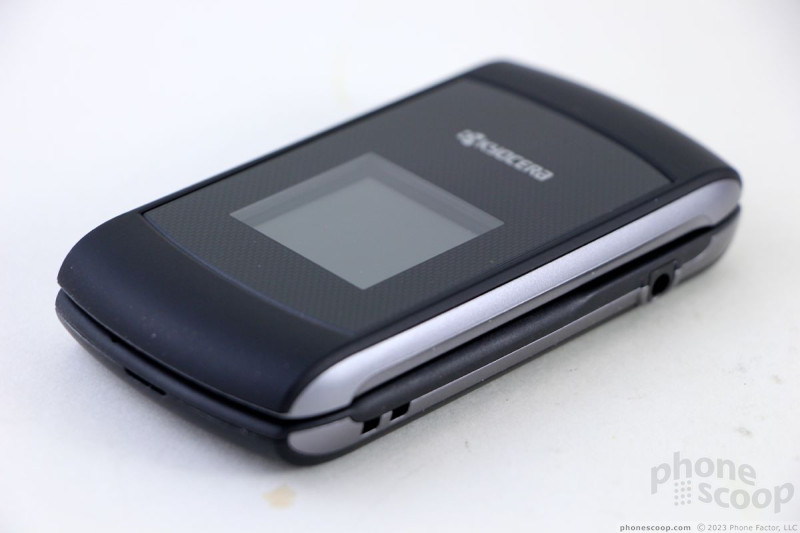













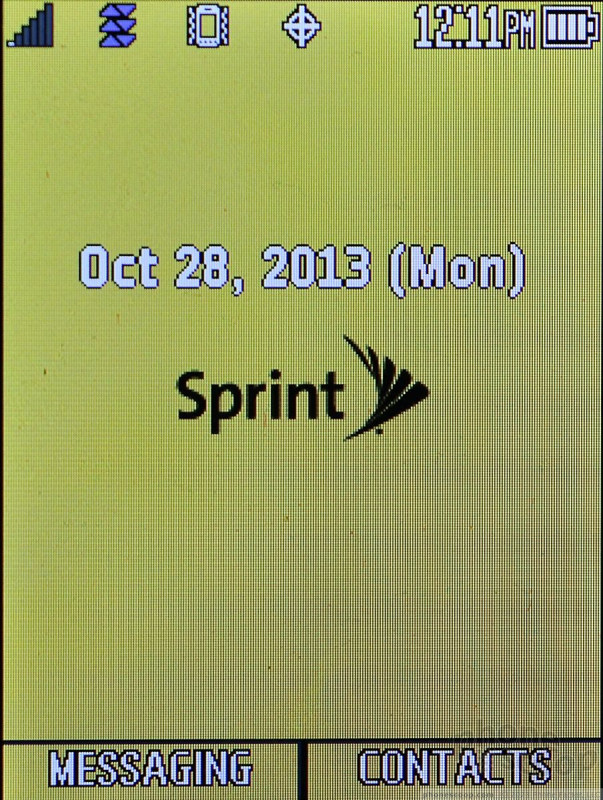



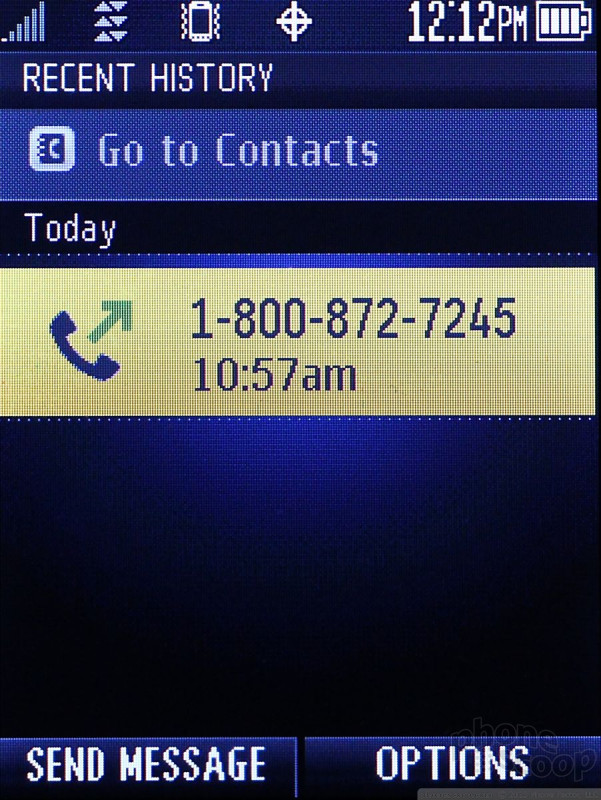




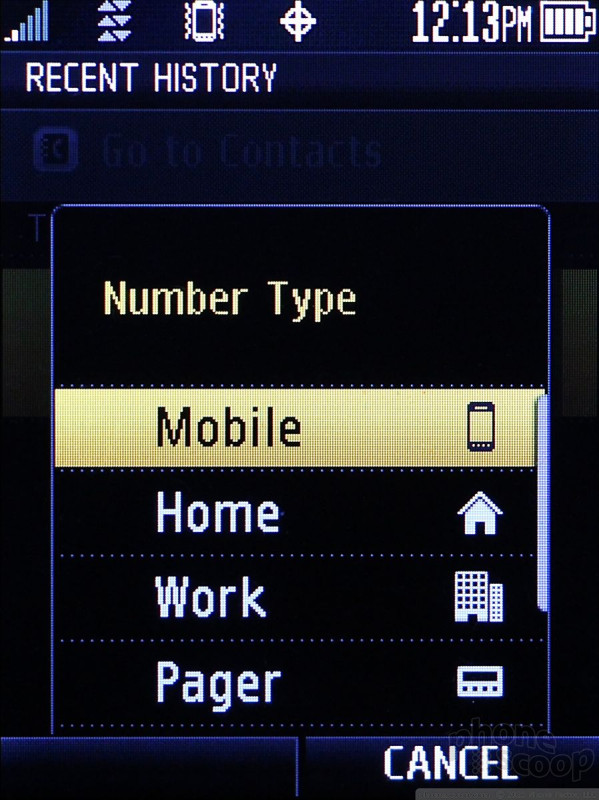




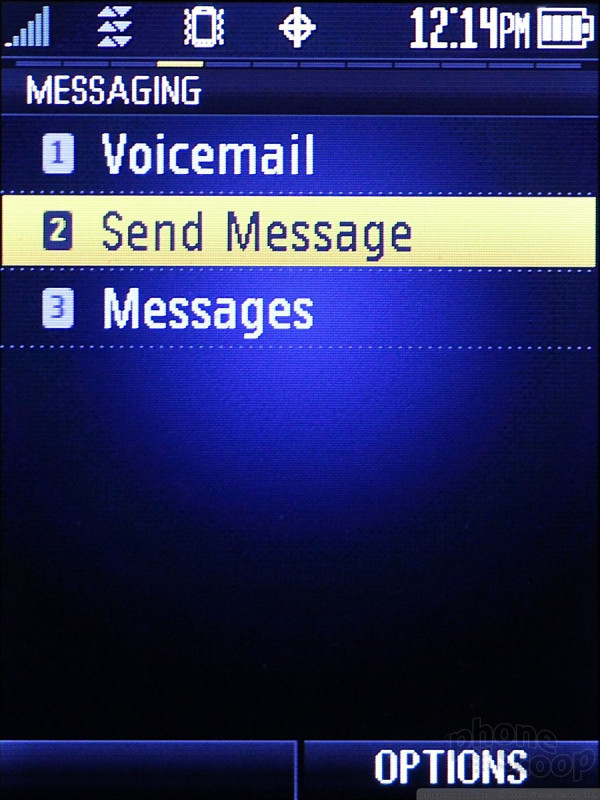




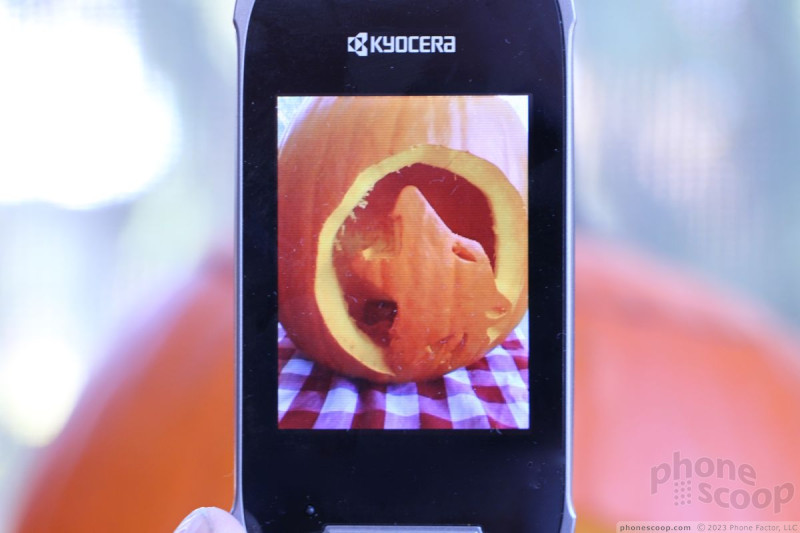




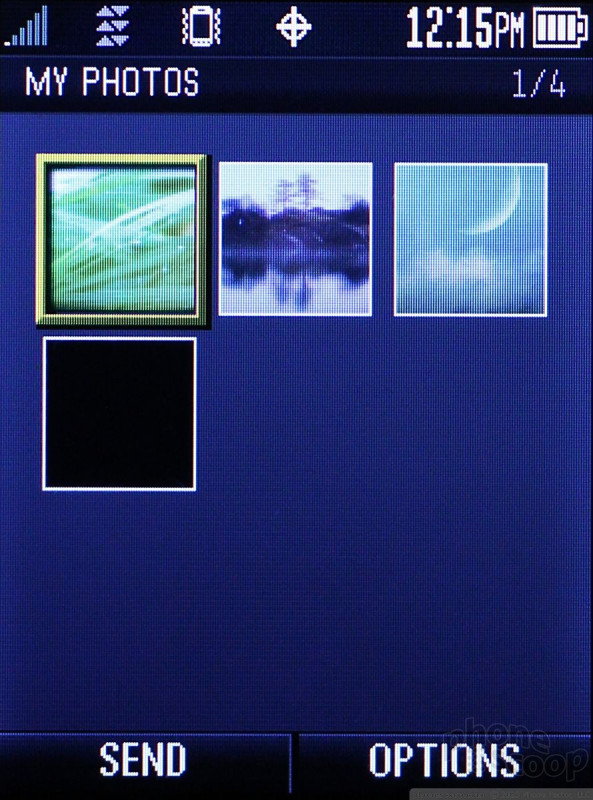




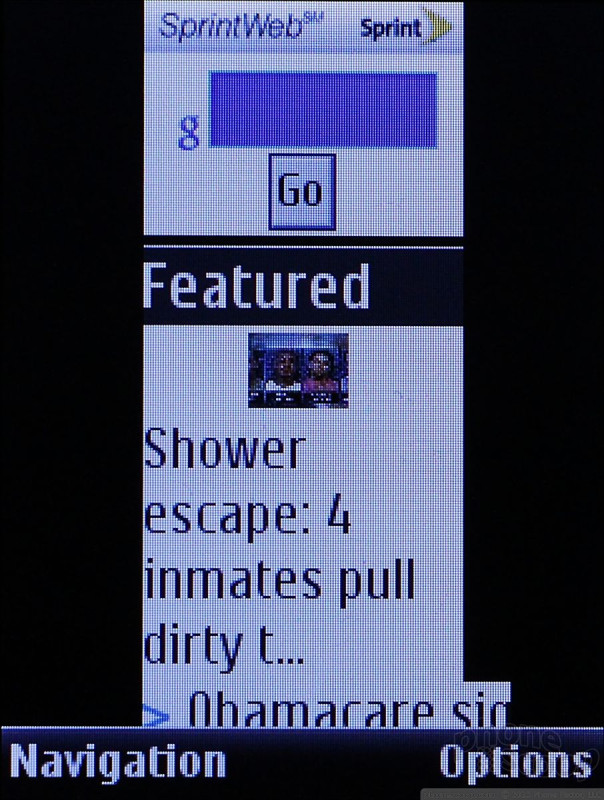




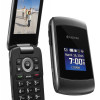 Cricket Intros the Kyocera Kona Flip Phone
Cricket Intros the Kyocera Kona Flip Phone
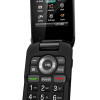 Boost Refreshes Entry Level With Kyocera Coast
Boost Refreshes Entry Level With Kyocera Coast
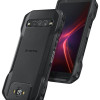 Kyocera Brings DuraForce Pro up to Date
Kyocera Brings DuraForce Pro up to Date
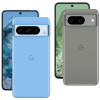 Google Pixel 8 Series Saves the Best for the Pro
Google Pixel 8 Series Saves the Best for the Pro
 Kyocera Coast / Kona
Kyocera Coast / Kona





